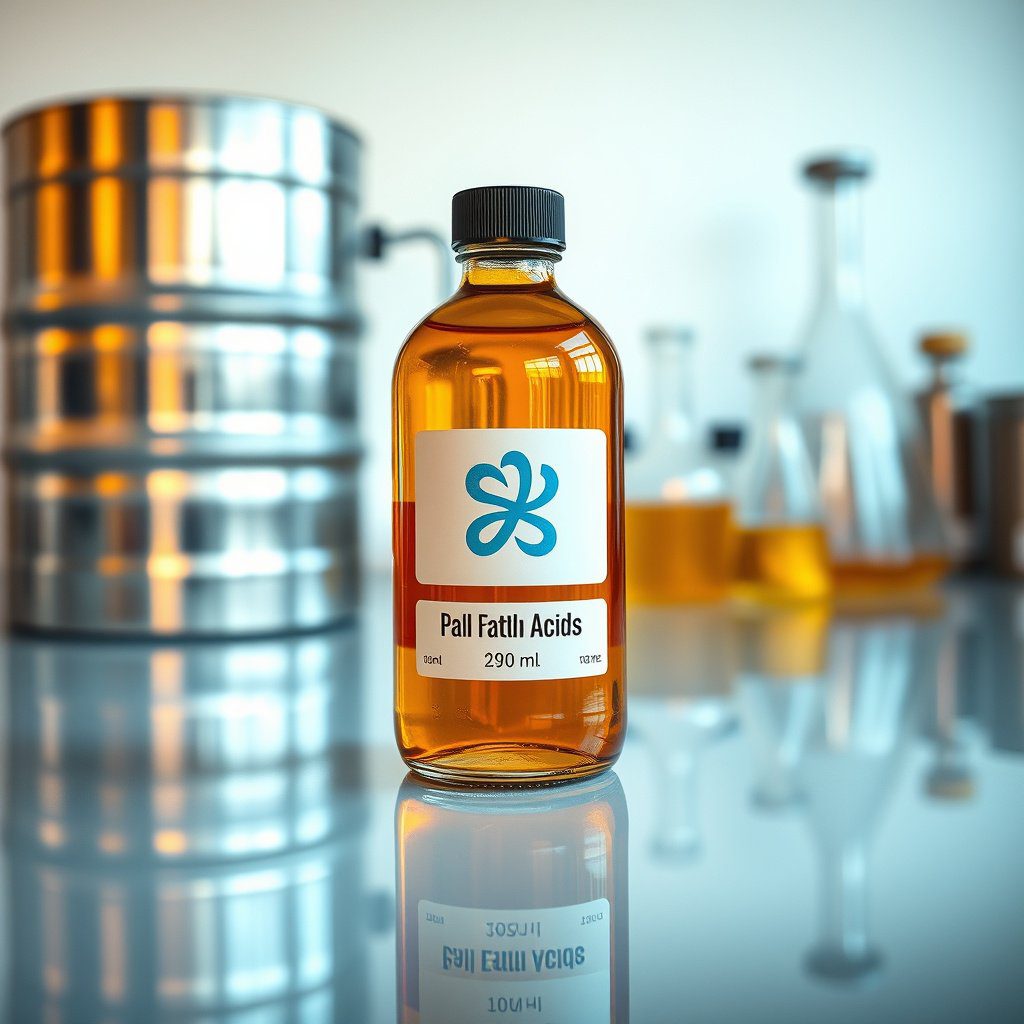Understanding Soy Lecithin Export Regulations
Soy lecithin export regulations are essential for ensuring that products meet the safety and quality standards required by importing countries, particularly the United States. These regulations encompass a range of criteria, including labeling requirements, safety assessments, and compliance with food safety standards. Exporters like Diplomata must navigate these complex regulations to ensure their products are accepted in the U.S. market.
FDA Regulations on Soy Lecithin
The Food and Drug Administration (FDA) regulates food ingredients in the U.S., including soy lecithin. Under the Food, Drug, and Cosmetic Act, soy lecithin is classified as a Generally Recognized as Safe (GRAS) substance. This designation allows it to be used in various food products without pre-market approval, provided it meets safety standards. Diplomata ensures that its soy lecithin complies with FDA guidelines, facilitating smoother export processes.
Labeling Requirements for Soy Lecithin
Labeling is a critical aspect of soy lecithin export regulations. The FDA mandates that all food products, including those containing soy lecithin, must have accurate labels. These labels must disclose the presence of allergens, such as soy, and indicate whether the lecithin is GMO or GMO-free. Diplomata adheres to these labeling requirements to ensure transparency and consumer trust in its products.
Quality Standards for Soy Lecithin
Quality standards for soy lecithin are set by organizations such as the Codex Alimentarius and the FDA. These standards dictate the acceptable levels of contaminants and the purity of the lecithin. Diplomata is committed to maintaining high-quality production processes, ensuring that its soy lecithin meets both international and U.S. quality standards, whether GMO or GMO-free.
Import Tariffs and Duties on Soy Lecithin
Import tariffs and duties can significantly influence the cost of soy lecithin when exported to the United States. The U.S. Customs and Border Protection (CBP) assesses these tariffs based on the product classification. Diplomata stays informed about current tariff rates and works to optimize shipping costs, ensuring competitive pricing for its soy lecithin products.
Documentation Required for Exporting Soy Lecithin
Exporting soy lecithin requires specific documentation to ensure compliance with U.S. regulations. This includes a bill of lading, commercial invoice, and phytosanitary certificates. Diplomata meticulously prepares all necessary documentation to streamline the export process, ensuring timely delivery and compliance with regulations.
Health and Safety Assessments
Health and safety assessments are crucial for soy lecithin exports. The FDA may require exporters to provide evidence of the product’s safety and efficacy, including laboratory analyses and safety data sheets. Diplomata conducts rigorous testing of its soy lecithin to comply with these assessments and to assure clients of its quality and safety.
GMO and Non-GMO Soy Lecithin Regulations
With the increasing consumer demand for transparency, regulations concerning GMO and non-GMO soy lecithin have become more stringent. The USDA and FDA require that products are accurately labeled regarding their GMO status. Diplomata offers both GMO and GMO-free soy lecithin, adhering to these regulations to meet diverse customer preferences.
Best Practices for Exporting Soy Lecithin
To ensure compliance with soy lecithin export regulations, exporters should follow best practices, including regular training on regulatory updates, thorough documentation, and quality control processes. Diplomata exemplifies these practices, reinforcing its position as a trusted supplier of high-quality soy lecithin to clients across the United States.


